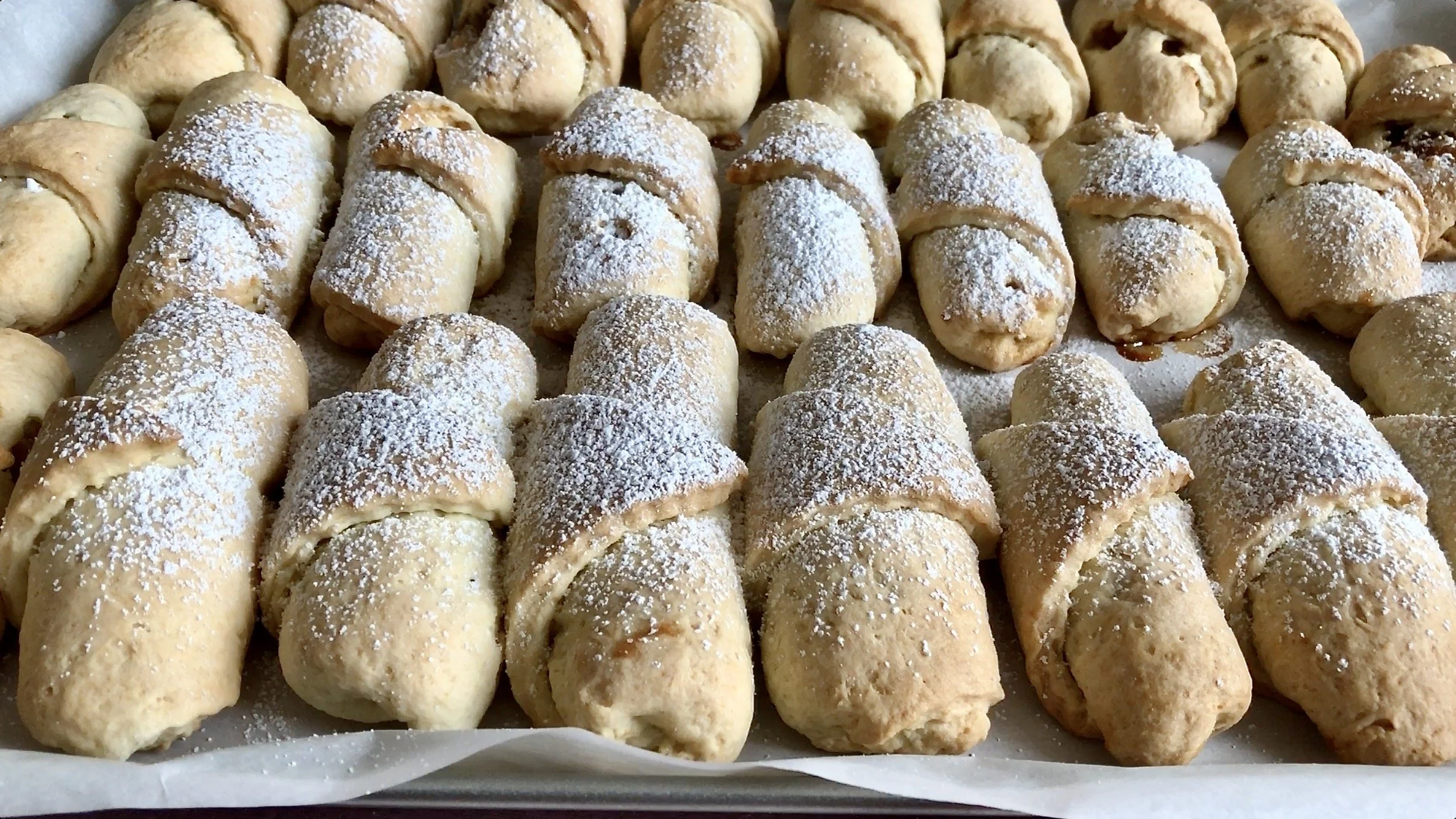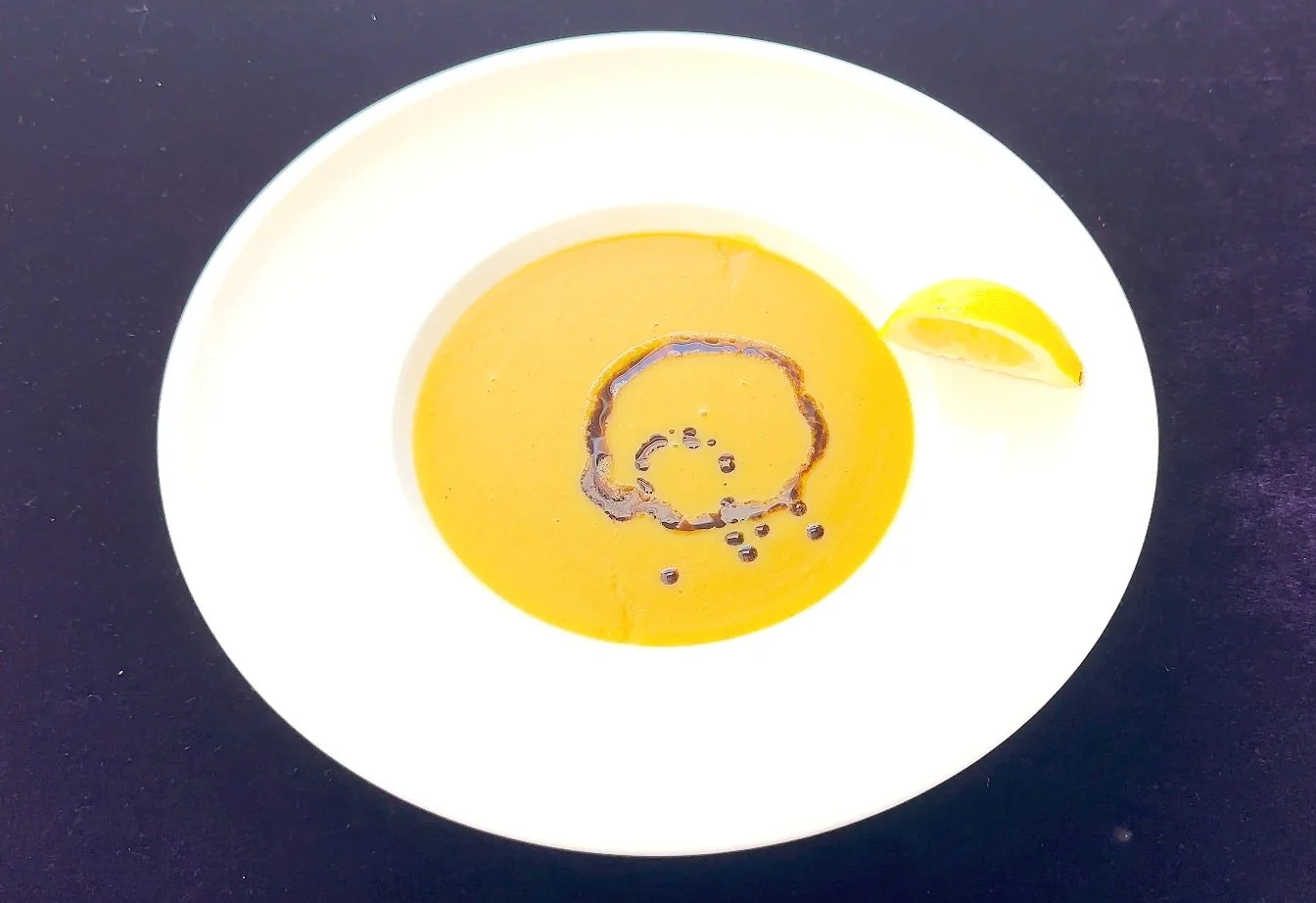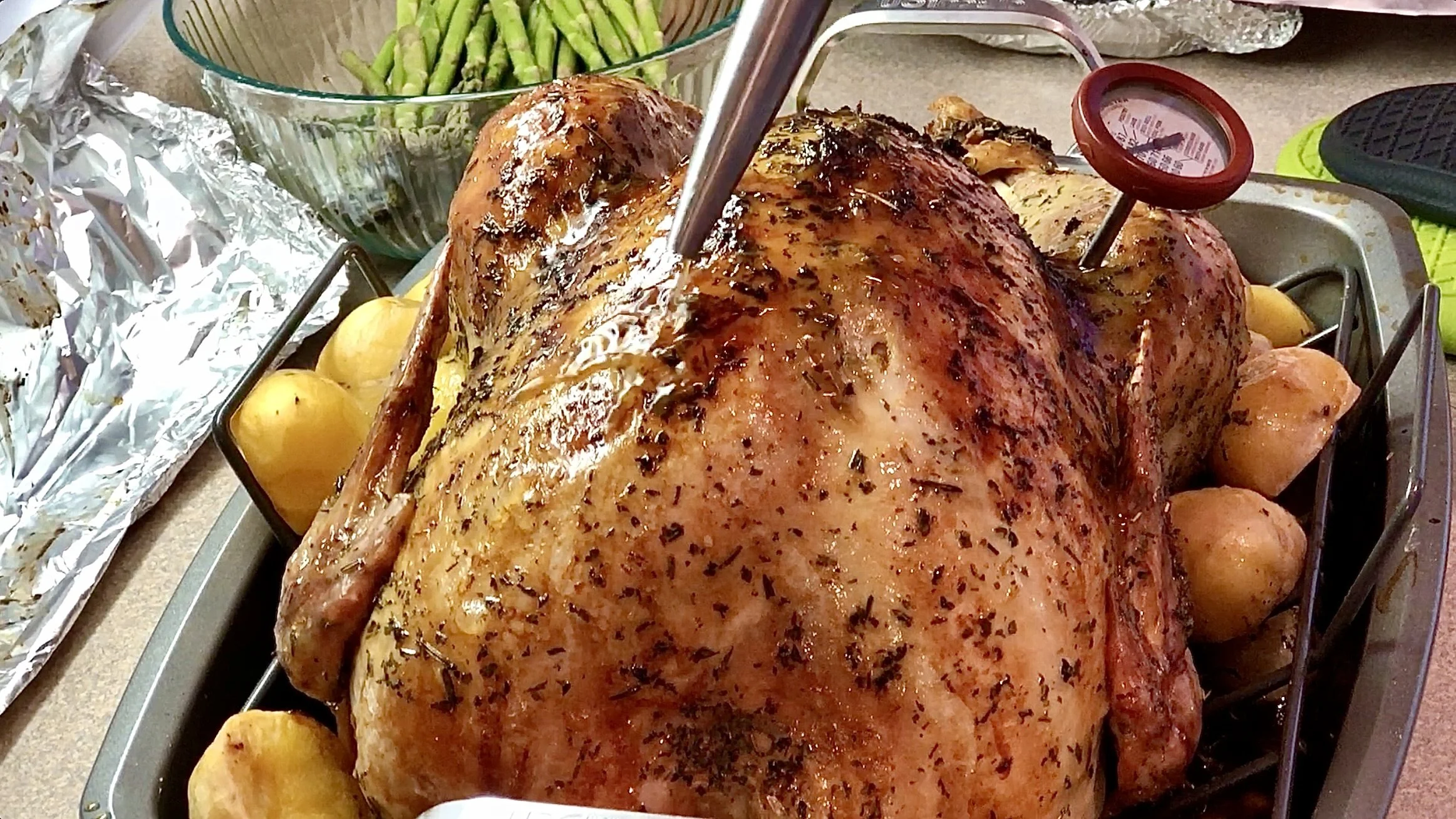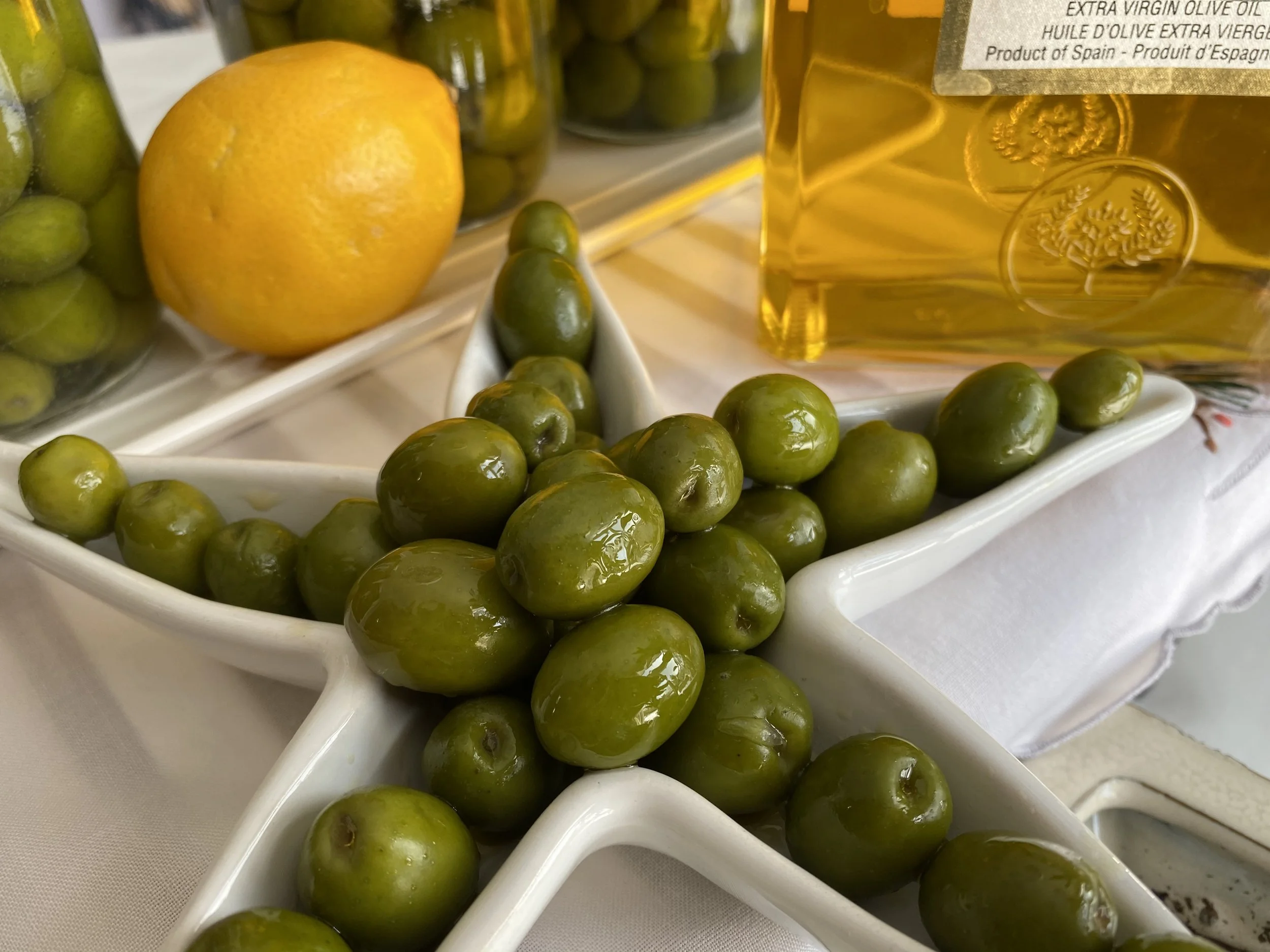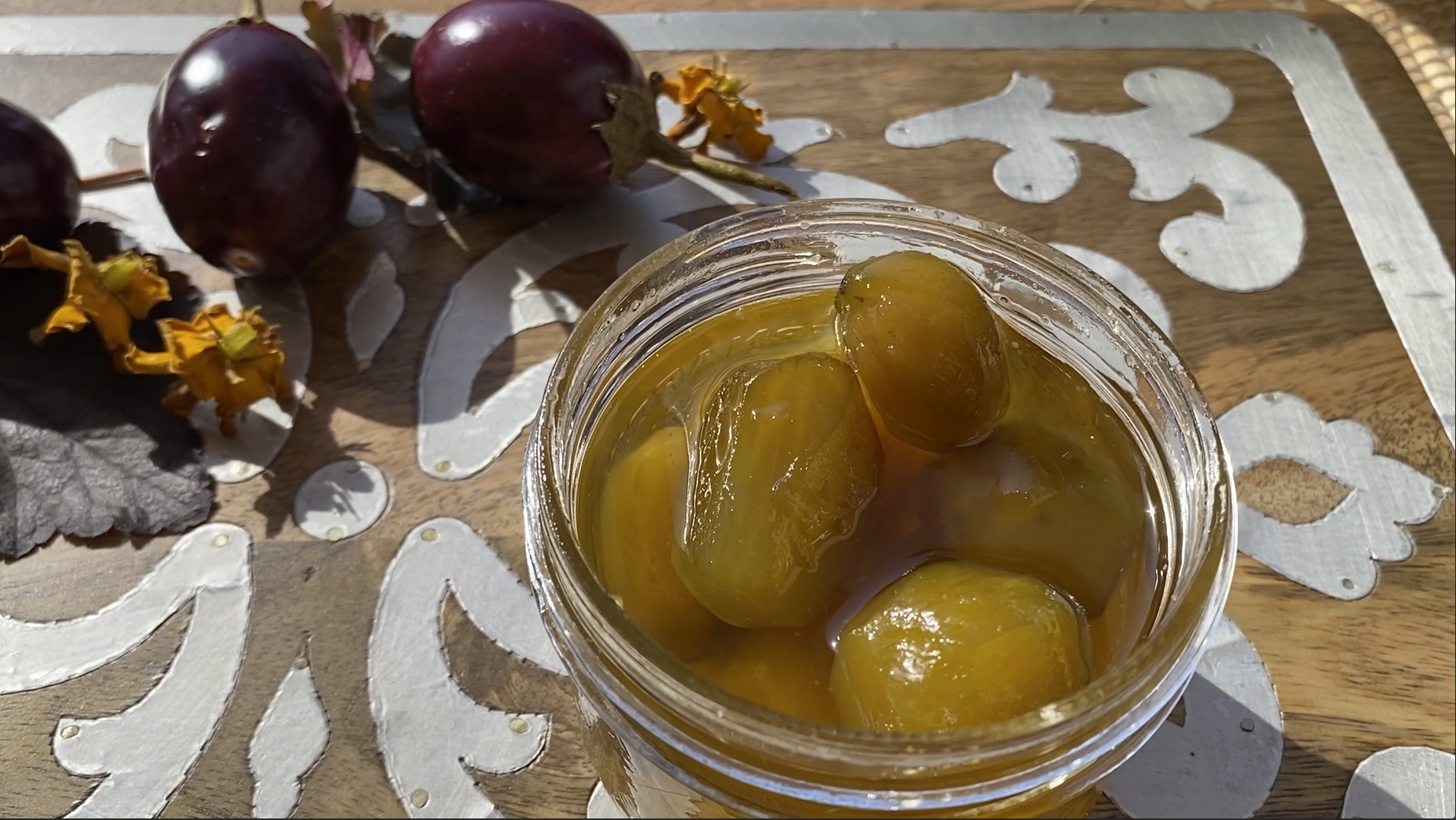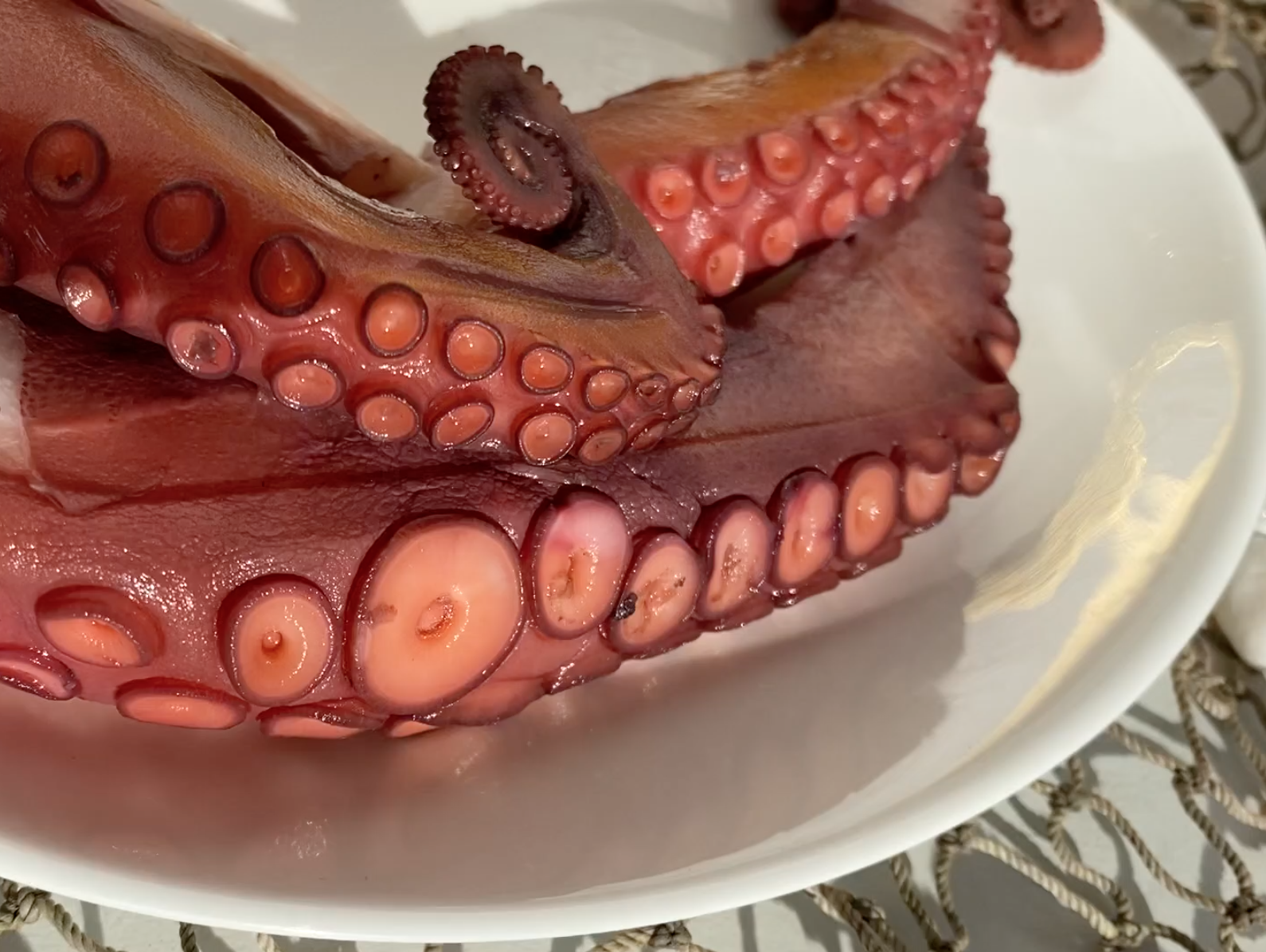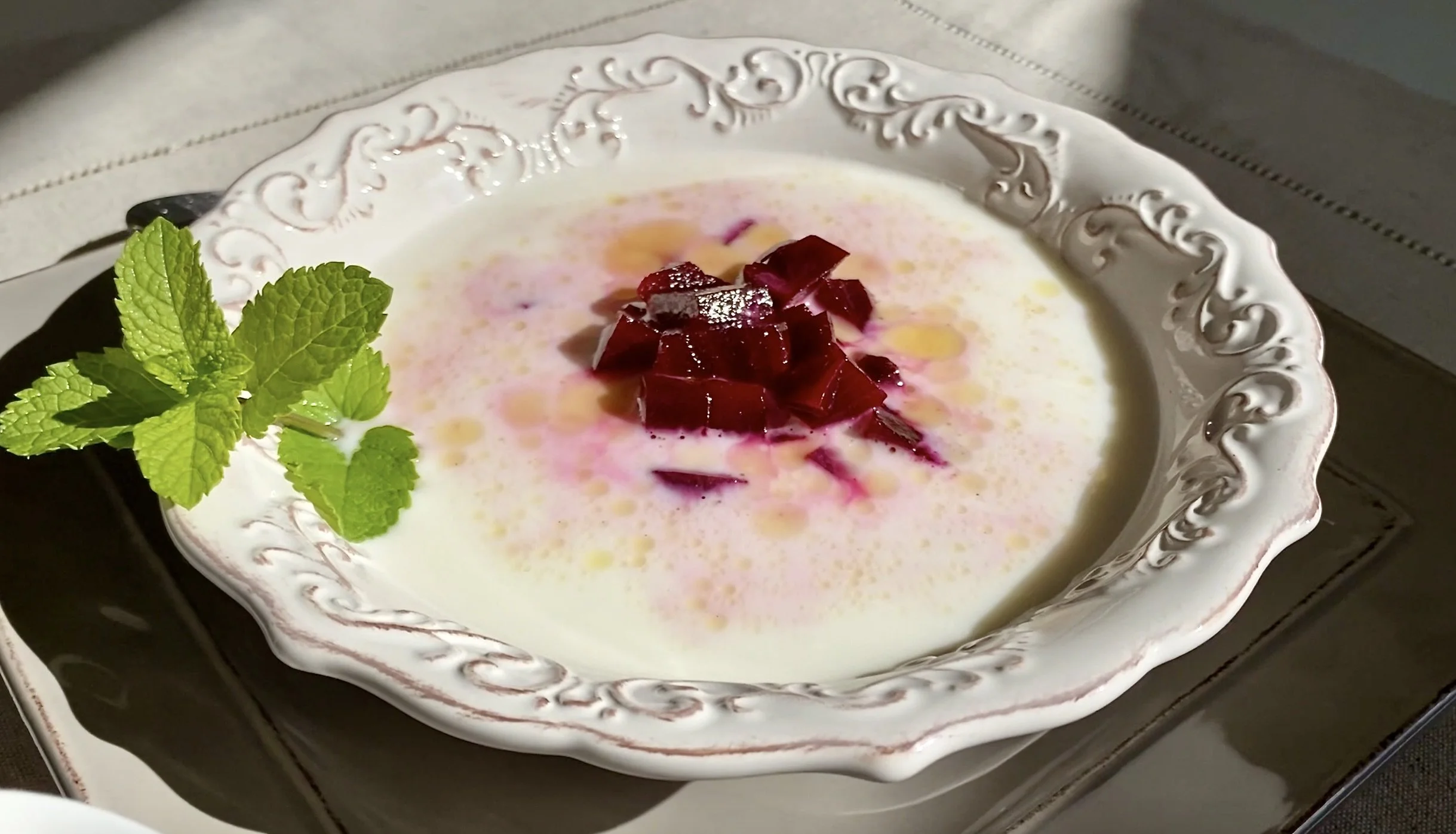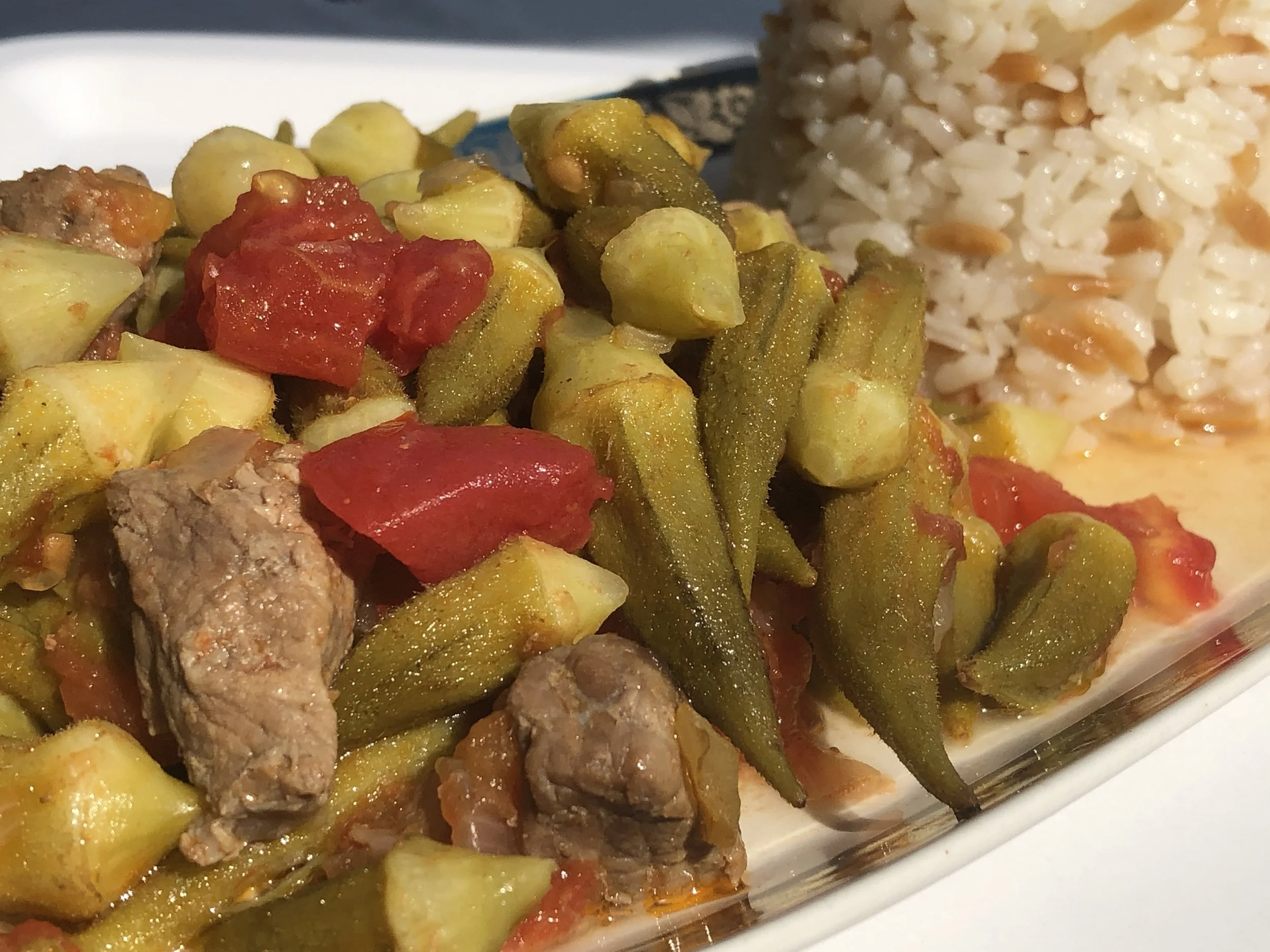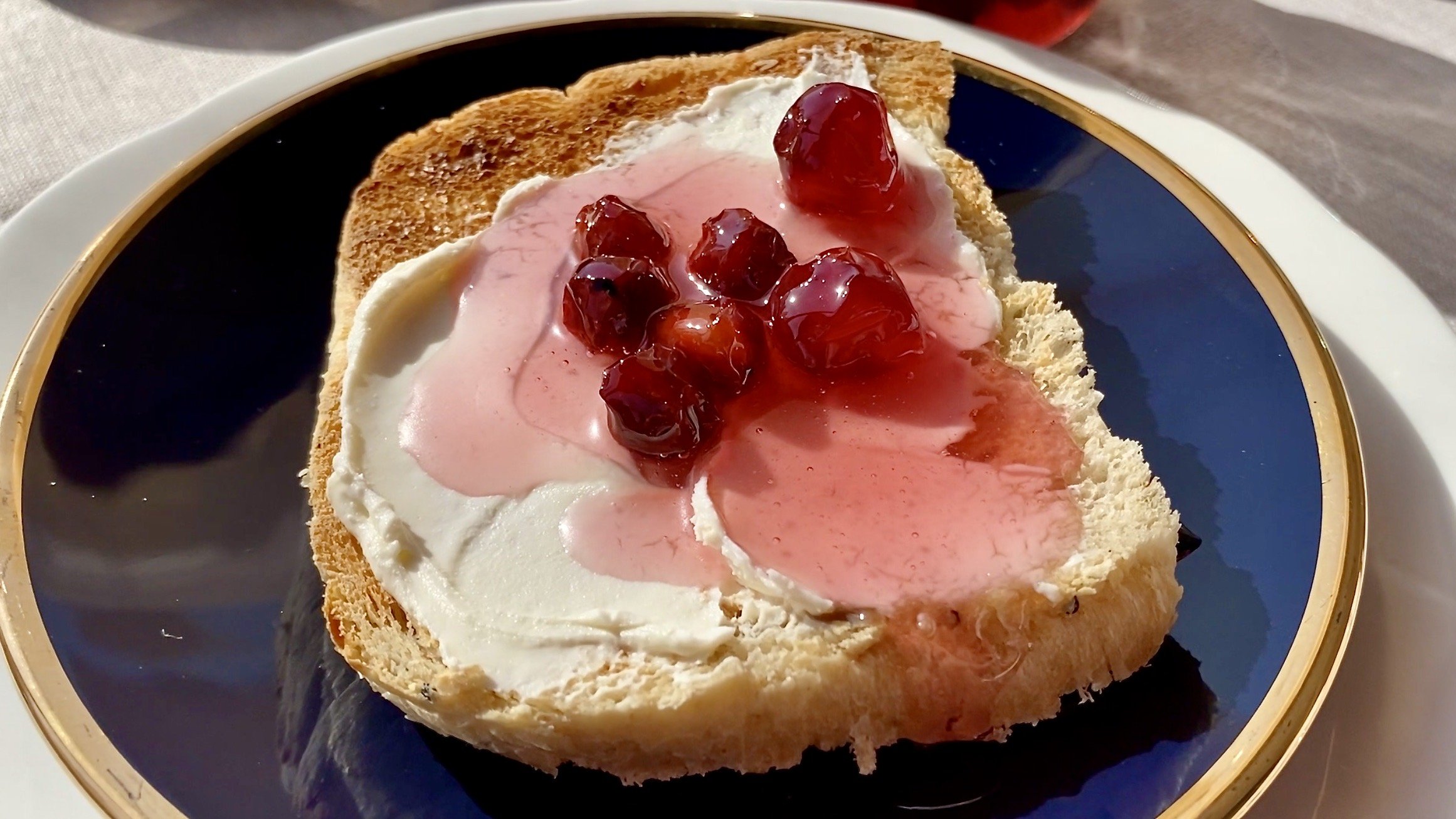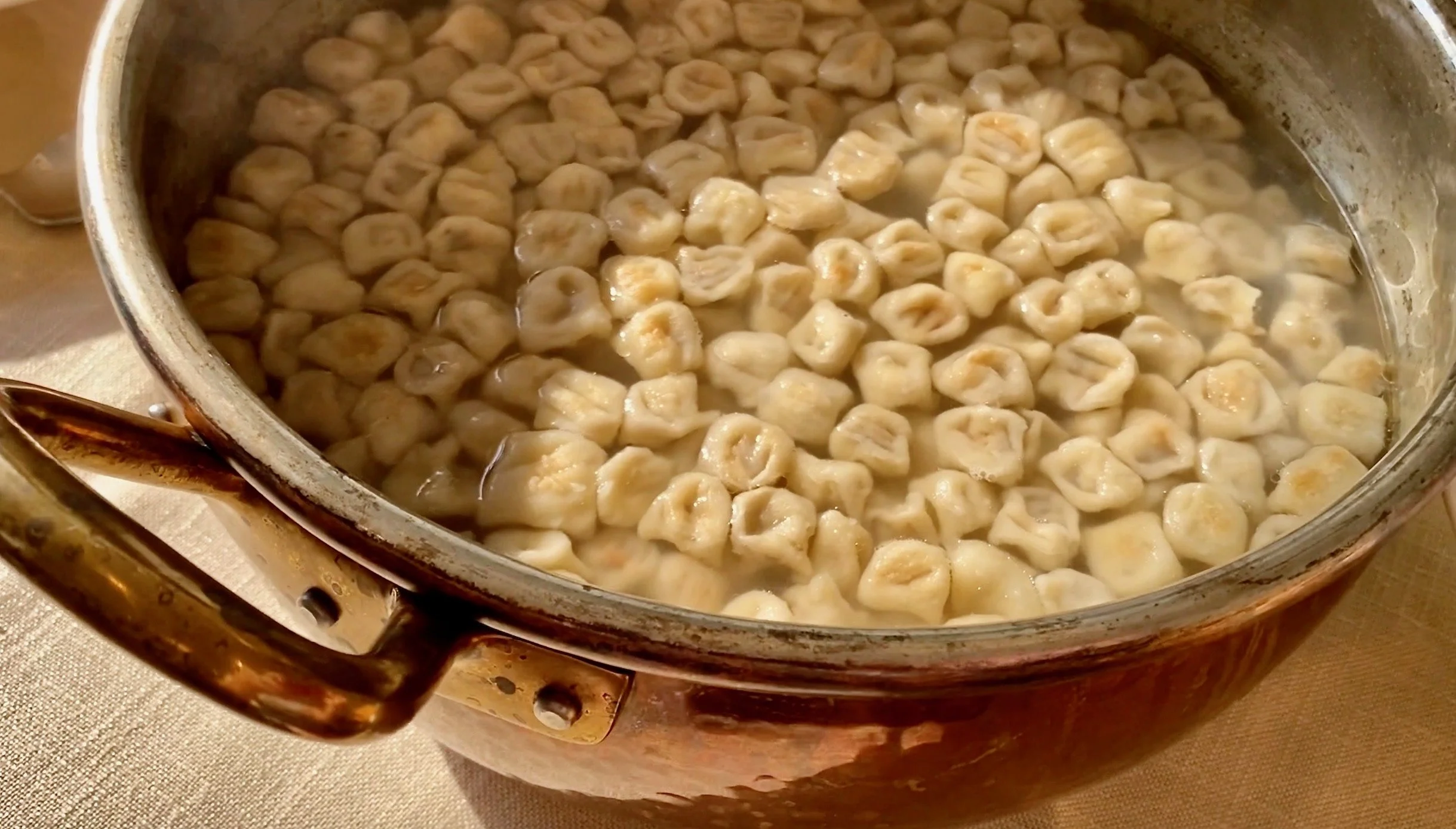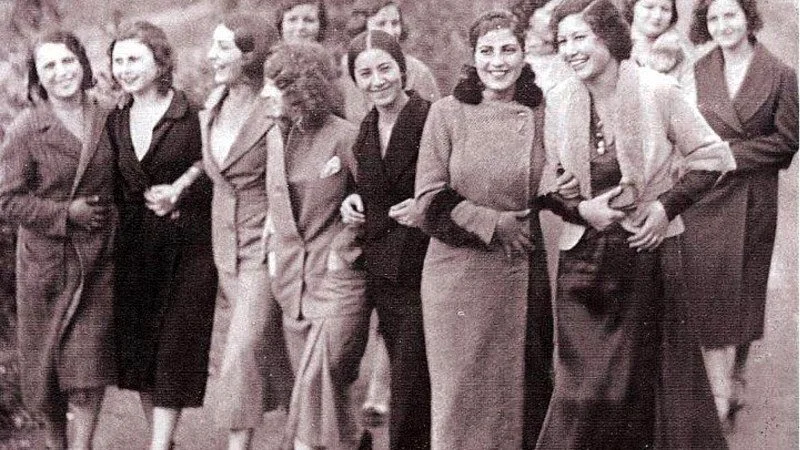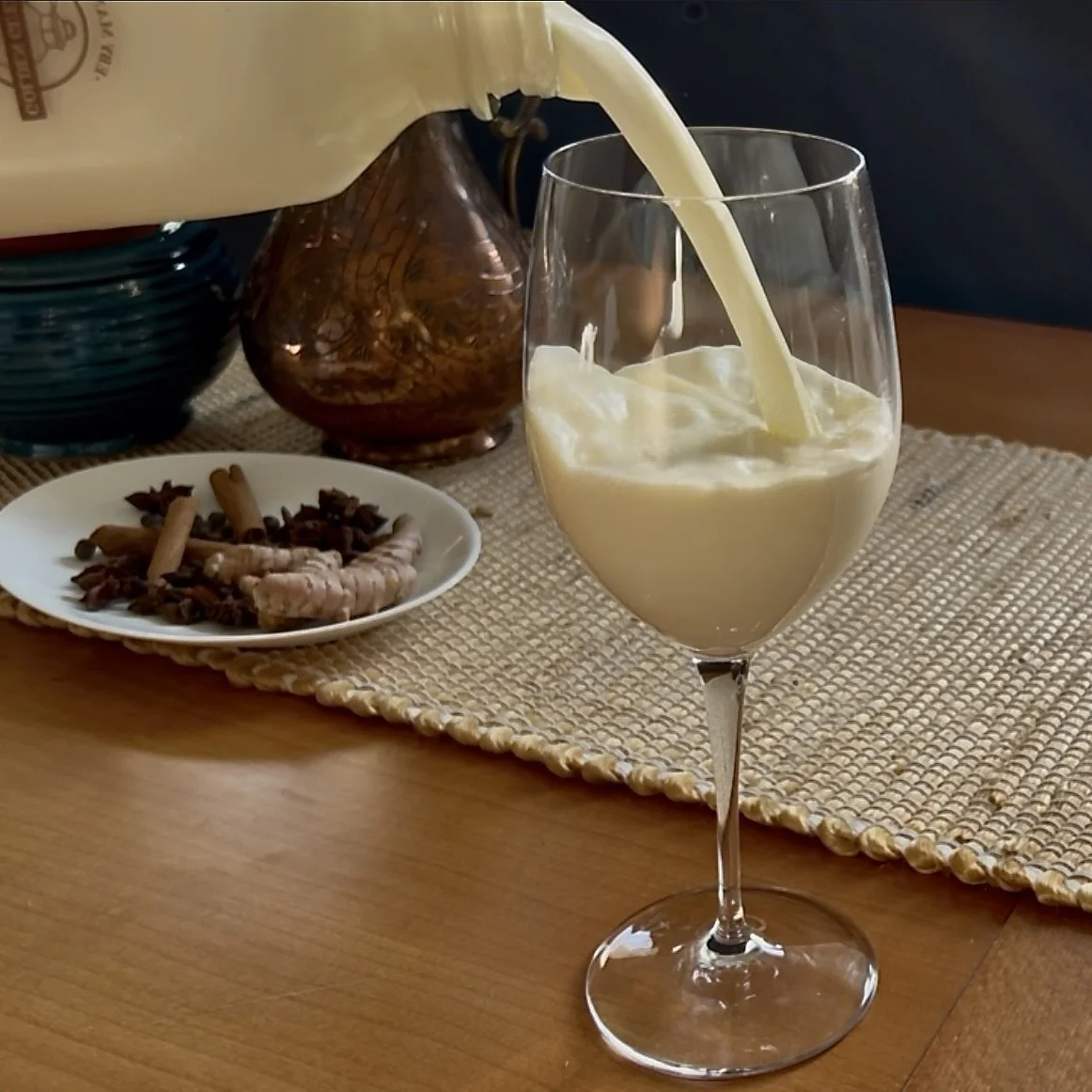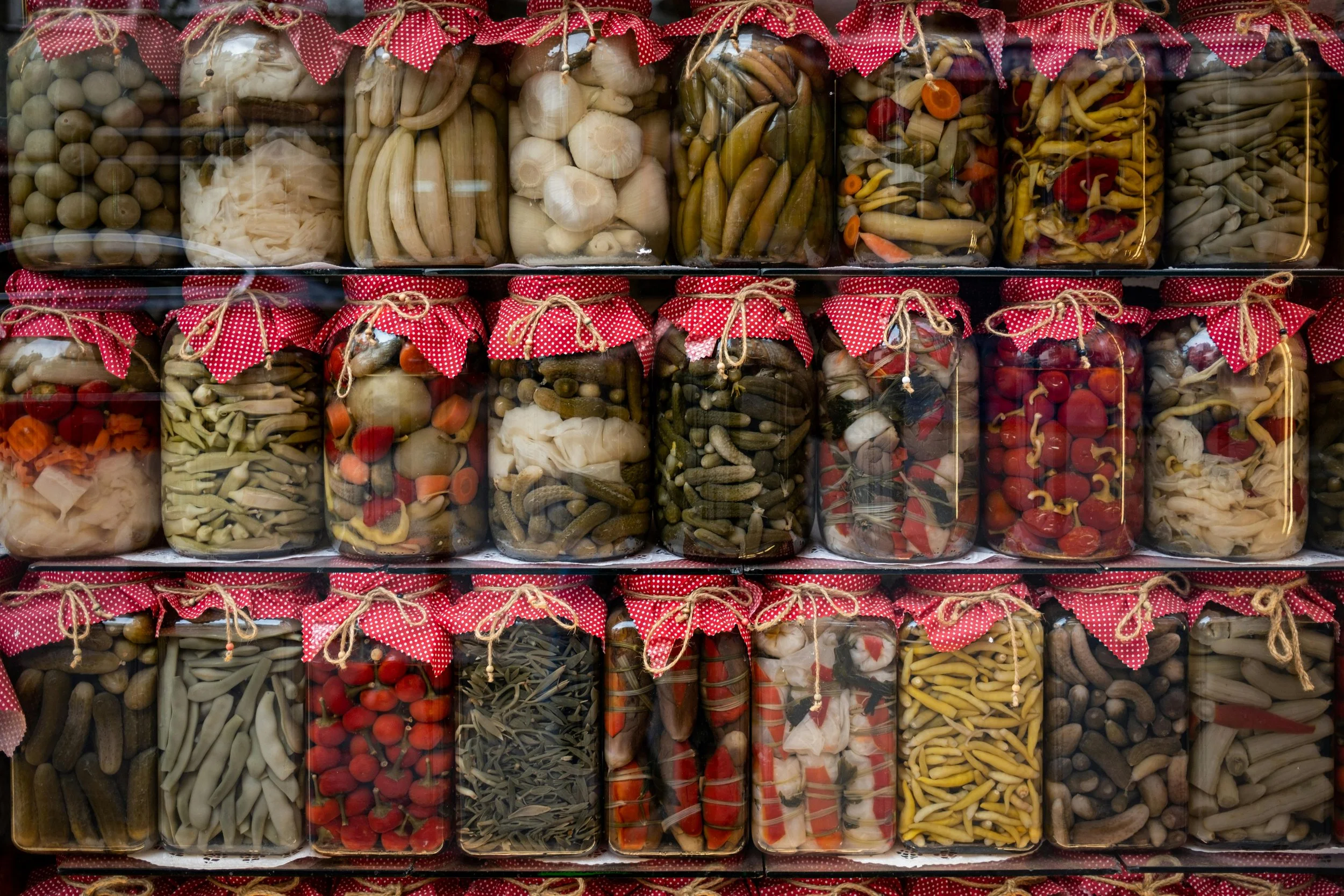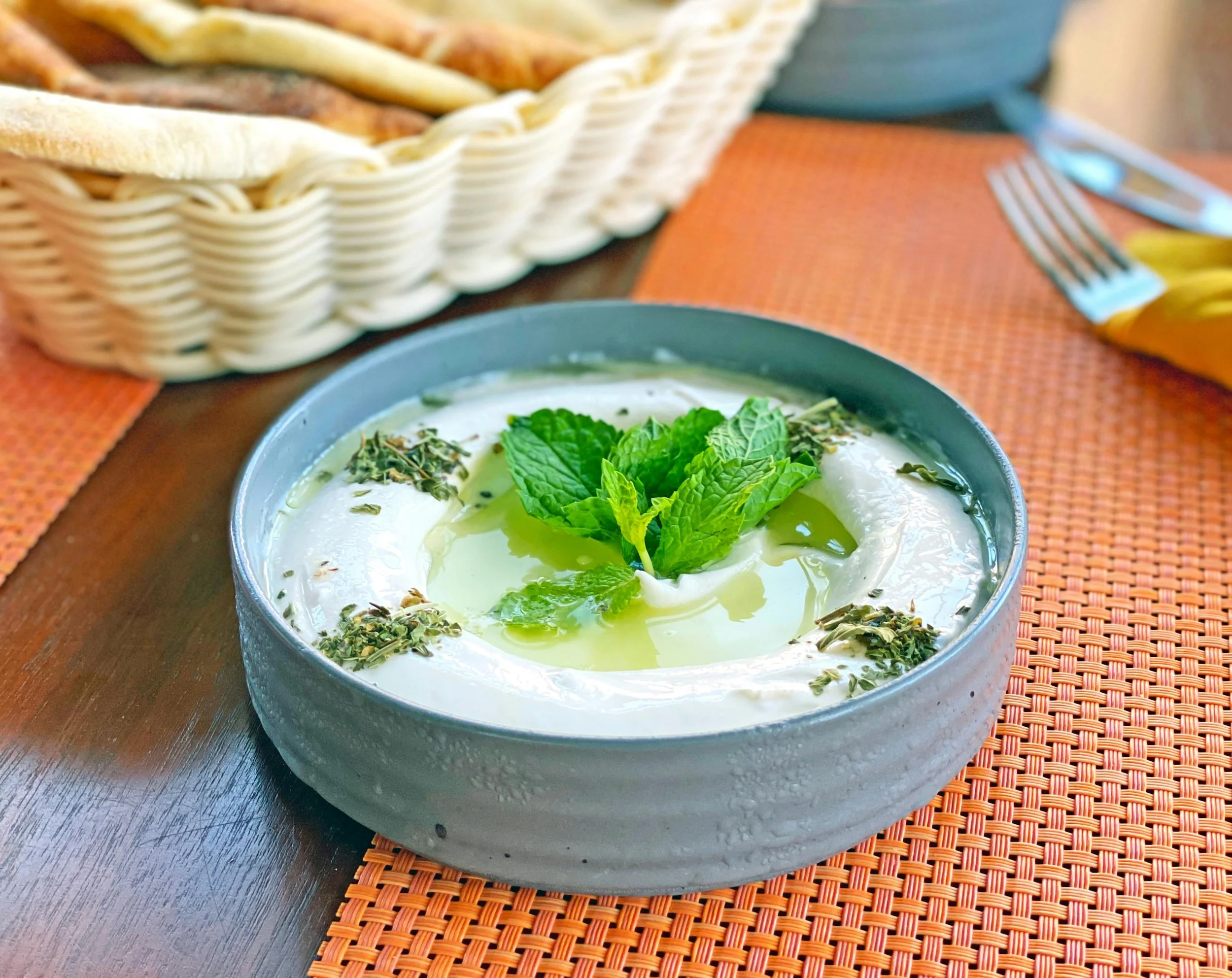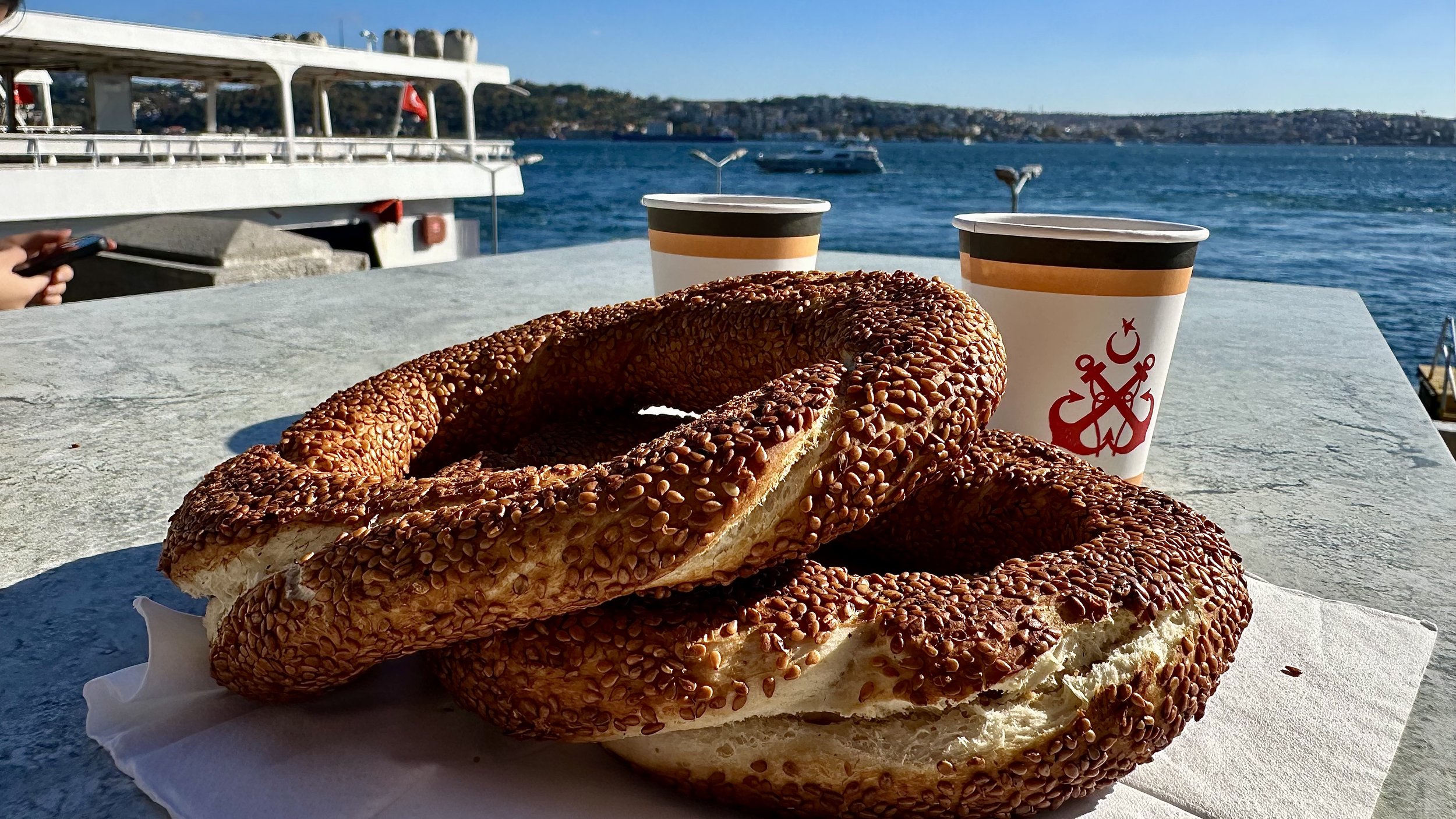Beef-Stuffed Vine Rolls / Etli Yaprak Sarma
BEEF-STUFFED VINE ROLLS RECIPE VIDEO
Note: By clicking on this video, you allow third parties (YouTube and Google) to access your data. Visit our privacy policy for more info.
These little rolls (etli yaprak sarma in Turkish) are a labour of love.
For most Turkish families, stuffed leaves and vegetables (sarma and dolma) are memories wrapped in care. From cabbage and chard to quince and cherry leaves, nearly every region in Anatolia has its own version. Yet, among them all, beef-stuffed vine leaves hold a special place.
The smaller the leaves, the more delicate the dish. While the vegetarian, olive-oil versions are often made with larger summer leaves, these meaty ones are best wrapped in young, tender grape leaves that melt in the mouth.
My grandmother can wrap them in the palm of her tiny hands, each one perfectly shaped and tightly rolled. I, on the other hand, still prefer using a flat surface… if only because it makes for a prettier serving! The secret to perfect sarma isn’t speed, though. It’s the resting time. Once cooked, they need a few quiet minutes to firm up, keeping their shape beautifully when lifted from the pot.
We usually get our vine leaves from kind neighbours who prune their backyard vines every spring. But when hiking through southern Ontario, we often see wild grapevines thriving in the sun. If you’re tempted to make your own sarma, bring a small bag and choose delicate, palm-sized leaves that roll easily. Stay tuned for a helpful guide on Vine Leaf Preservation on our YouTube Channel for choosing, preparing and storing them for winter.
(Want more stuffed vegetables? You’ll love our Turkish Cabbage Rolls —lighter, smaller, and more aromatic than the ones you may know from Northern Europe.)
Ingredients
For the Vine Leaves:
500 g pickled vine leaves (or 1 kg fresh leaves)
For the Filling:
1 kg semi-fat ground beef
1 kg onions
⅓ cup (75 g) olive oil
1 cup (225 g) Calrose rice
½ tbsp salt
½ tbsp ground black pepper
½ tbsp dried coriander
2 tbsp pepper paste
1 cup (245 g) warm water
For Cooking:
500 g veal bones (optional but adds depth)
½ tbsp salt
⅓ cup (75 g) olive oil
1 cup (245 g) warm water
For Serving:
Mint-Garlic Yogurt Sauce:
1 tbsp dried mint
2–3 garlic cloves
50 g butter
300 g yogurt
Pepper Sauce:
¼ cup olive oil
3–4 sun-dried red peppers
1 tbsp flaked red pepper
Directions
PREPARE THE VINE LEAVES
If using pickled leaves: Simply unroll, rinse gently, and set aside. They’re already soft enough to use.
If using fresh leaves: Boil salted water and blanch the leaves for 2–3 minutes. Transfer to cold water immediately to stop the cooking and preserve their colour. Drain well.
MAKE THE FILLING
Finely dice 1 kg of onions and mince 2–3 garlic cloves. Place them in a large bowl.
Add ½ tbsp salt and knead gently until softened.
Add 1 kg ground beef and continue mixing by hand.
Stir in 1 cup washed rice, 2 tbsp pepper paste, ½ tbsp black pepper, ½ tbsp dried coriander, ⅓ cup olive oil, and 1 cup warm water.
Knead for 4–5 minutes until the mixture becomes smooth and slightly mushy. Add more water if needed.
PREPARE THE POT
Line the bottom with veal bones (if using) for richness.
Add trimmed vine stems to form a layer, then cover with a few vine leaves to create a soft base for the rolls.
STUFFING & WRAPPING
Place a leaf shiny side down on a flat surface. Trim any thick stems.
Spoon about 1 tbsp of filling near the base of the leaf.
Fold the sides inward and roll tightly toward the tip.
Arrange the rolls in a circular pattern in the pot, layering tightly.
Cover the top layer with extra vine leaves to keep moisture in.
Sprinkle with ½ tbsp salt, place a small flat plate on top to prevent them from unrolling, and pour over 1 cup warm water and ⅓ cup olive oil.
COOK
Bring to a boil on medium-high heat, then reduce to low.
Simmer gently for 1 hour, until the leaves are tender and the filling is fully cooked.
Let rest for 10 minutes before serving.
SERVING
To serve, place a generous spoonful of yogurt on each plate.
Mint-Garlic Sauce: Melt 50 g butter, add minced garlic and dried mint, and stir for a minute. Pour over the yogurt.
Pepper Sauce: Heat olive oil, sear the sun-dried red peppers briefly, then stir in flaked red pepper for one minute. Drizzle over the vine rolls.
Garnish each plate with one fried red pepper and serve hot.
Afiyet olsun!
[Notes from the Kitchen]
Pickled vs. Fresh Leaves: Pickled ones are quick and convenient, while fresh leaves offer a delicate aroma and natural green colour.
Rice Texture: The filling should be moist but not runny — water helps the rice cook evenly inside the leaf.
Cooking Tip: The plate on top of the rolls keeps them compact and prevents unrolling.
Resting Time: Always rest before serving; it helps the grains hold their shape.
Serving Suggestion: This dish pairs beautifully with cold ayran or freshly brewed black tea.

Explore how yoğurt weaves through Turkish cuisine, from soups and mezes to mains, pastries, and desserts... the timeless taste that ties every meal together.
Science confirms what our grandmothers always knew: sitting down together is the recipe for lifelong health.
Eby’s Golden Guernsey milk is the ‘secret’ ingredient that makes our sütlaç, puddings, pochas, sauces, and soups unforgettable…Reminding us why real quality matters.
From jars of tangy probiotic pickles to real fruit leathers and vitamin-rich tarhana soup mix, we share how a Mediterranean family in Canada prepares their pantry for the long winter, with recipes rooted in tradition, adapted for today.
Istanbul’s cuisine is not a story of invention but of conversation, where Thracian settlers, Greek tavern-keepers, Armenian bakers, Jewish exiles, Kurdish migrants, and Ottoman courts all left their mark on the city’s table.
Preserving food wasn’t a hobby. It was survival, celebration, and creativity all at once.
Mediterranean diet is about memory, movement, and meals that satisfy body and soul.
Before it was a health trend, yogurt was medicine, snack, and staple: fermented on horseback, shared across empires, and still echoing in every spoonful today.
Shared meals don’t just feed the body. They knit our hearts together, heal loneliness, and keep old stories alive at the table.
What if tradition wasn’t about perfection or the past… but about adapting wisdom for a better life today?
From leaves to molasses, from sour to sweet — the grape vine carries 10,000 thousand years of Anatolian wisdom into every season.
More than flavour, preservation is geography, memory, and thousands of years of learning to listen to the land…
Before there were books or blueprints, there were mothers—teaching us how to live, protect, and remember.
The future of your health — and the planet — might depend on something as simple as choosing a ripe tomato in season…
In ancient Mesopotamia, onions were written into cuneiform tablets as food and medicine. In Egypt, they were…
Bayram was more than a holiday; it was a feeling—a time when homes filled with the scent of baklava, laughter echoed through bustling kitchens, and new shoes waited eagerly…
As the sun dips below the horizon, a distant cannon shot and the call to prayer signals the end of the fast. Istanbul’s streets come alive with the scent of freshly baked Ramazan pidesi…
From the spices of the arid southeast to the vegetarian dishes of the Mediterranean…This is the tale of how climate shapes cuisine.
The warm scent of freshly baked simit drifts through Istanbul’s winding streets, mingling with the rhythmic calls of simitçi and the hum of the city’s soul…




